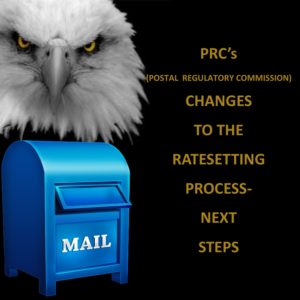SUPER CHARGED INFORMED DELIVERY
Informed Delivery allows users to see images of their mail in the form of an email. The USPS is hoping that marketers will Super Charge those images by bringing them to life through interactive Informed Delivery campaigns. Interactive campaigns allow you to create a custom image that can be linked to a URL within the recipients email.
Each unique set of customized supplemental content is associated with an individual mail campaign. Multiple campaigns can be conducted at one time for a single mailing. Each campaign is triggered by and mapped to a single Mailer ID (MID) that is used on the mail piece and can be customized to be active during a defined date range.
The USPS is very excited about this program and hope that marketers take advantage of this new digital channel that ties hardcopy mail to digital content. Because multiple people within a single household can sign up; you get an extra bang for your mail as additional digital impressions will be fed to the other household members when they open their email. So far, the USPS is experiencing high email open rates, up to 72% daily as of March.
Informed Delivery interactive campaigns provide additional benefits, allowing mailers to enhance the presentation of the scanned mail piece images that consumers are already receiving.
It gives the mail recipient or other household members the opportunity to take action immediately on the mail piece by clicking on a campaign image/website link –regardless of whether or not they retrieve mail from the physical mailbox.
You can coordinate multi-channel campaigns, and collect information on campaign reach and results (e.g., open rates, click-through rates) through data analytics too.
Virtually any mailer can conduct an Informed Delivery campaign if the following criteria are met:
- Mail pieces must be automation compatible
- Mail pieces must contain a valid IMb
- Mailer or MSP must be IMb certified
At this time, there are no fees associated with conducting an Informed Delivery campaign.
There are a couple of drawbacks to the program though. Not everybody is jumping on the bandwagon to opt-in yet. So far, 50,000 users in the Houston metropolitan area have signed up and 12 million have opted-in to the program nationwide.
Also, packages and flats are not available yet; but should be coming online very soon.
The USPS is leading a huge push to get people signed up and are courting marketers across the nation to experiment with this technology.
Ironically, after signing up some people have reported that they have stopped going to the mailbox every day. Instead they are using the email to determine the priority of the contents and visiting the mailbox less frequently.
A lot of people are really excited about this program and believe it will “deliver” the post office into a healthy state. At least it is good to see the USPS heading in the right direction to try and make mail and digital a powerful and sustaining combination.














